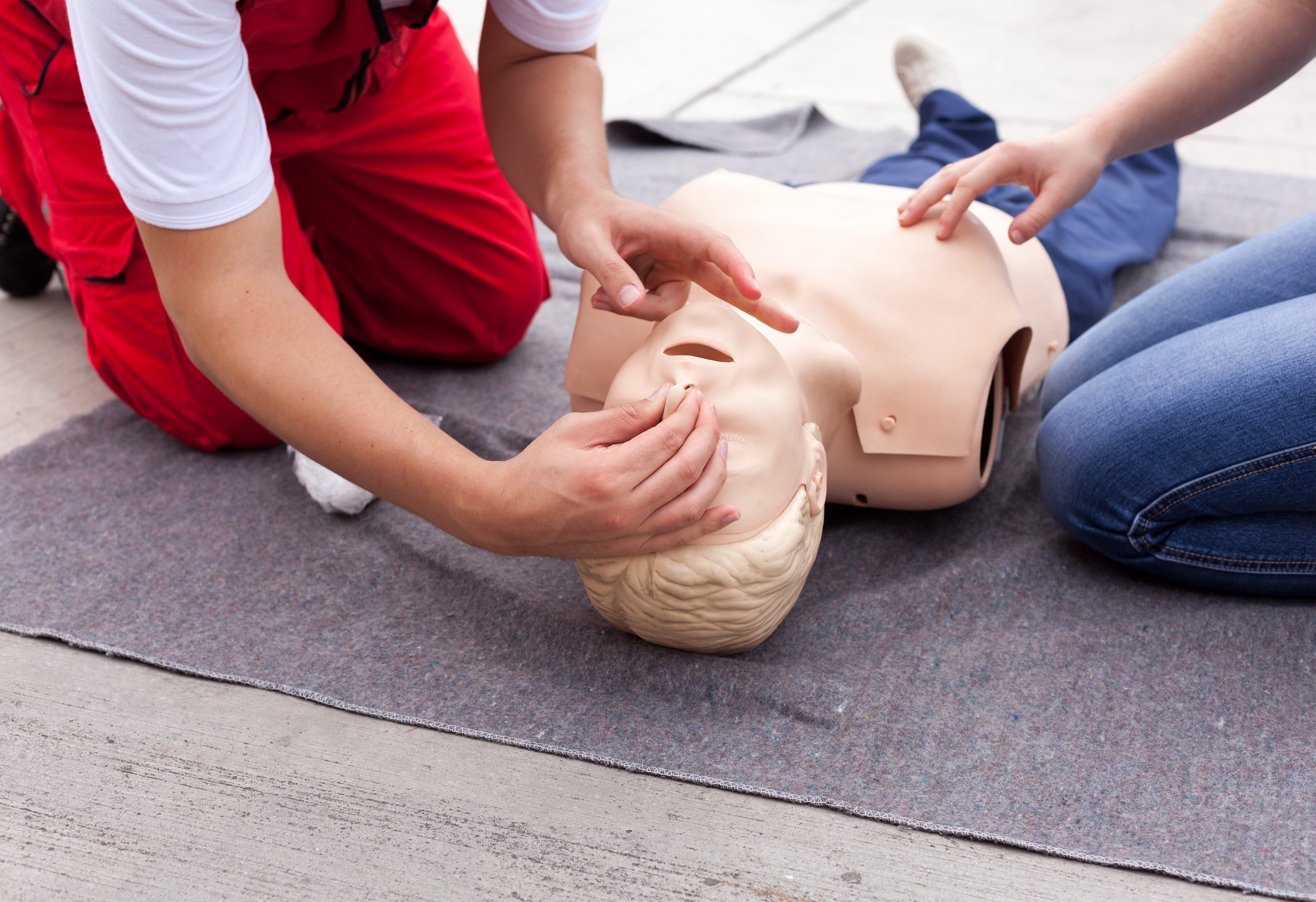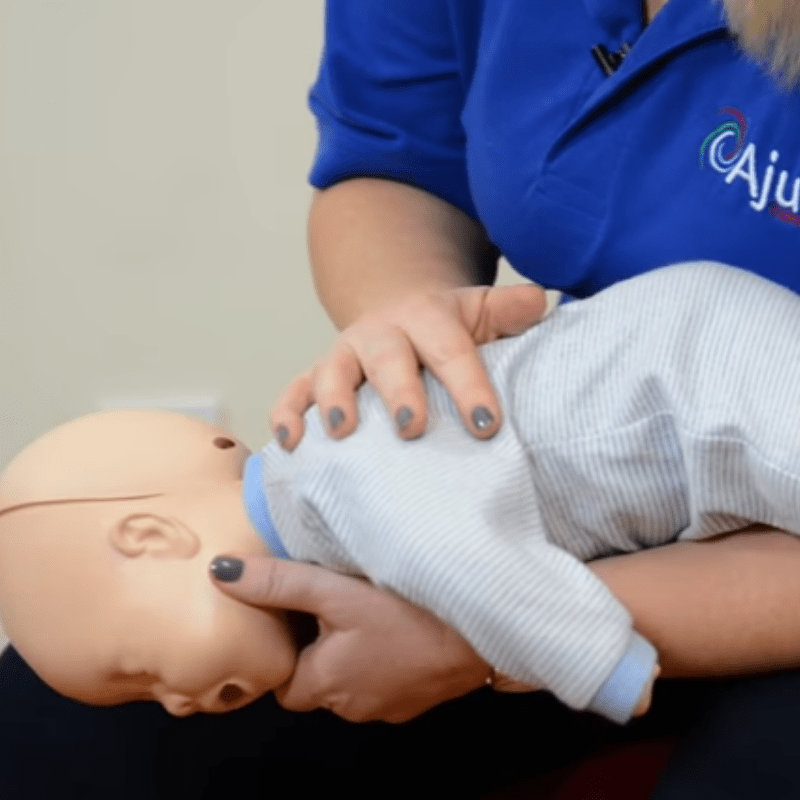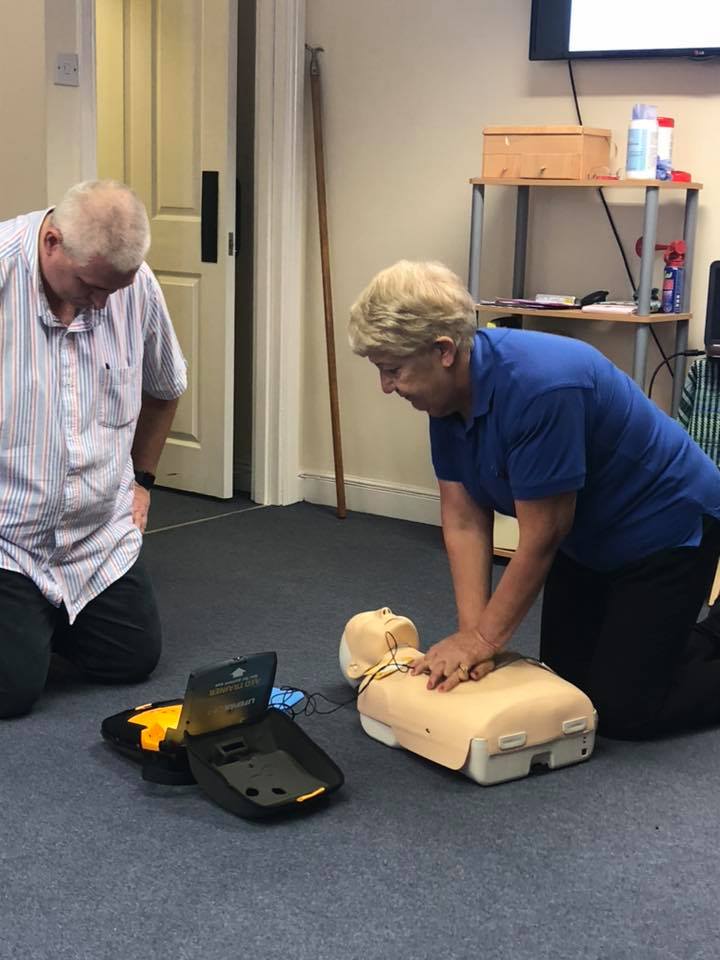Fire can have an devastating impact on anybody who is unfortunate enough to be near it. We all know that the flames and heat from a fire can cause a great deal of harm – from breathing the hot air killing a person instantly to life threatening or life changing burns on the body. There are many other aspects of fires that can cause a great deal of harm:
– Smoke – surprising to some, the most common cause of death in fires is the inhalation of smoke and fumes.
– The damage from a fire can cause the structure of a building to collapse. People can suffer injuries from elements such as falling debris during a fire.
– Lack of oxygen.
– No escape route.
There are countless reasons why you should do a Fire Safety course. Here are our top 5:
1) Fire Prevention.
Learning how to prevent fires from occurring is a good enough reason alone to book yourself onto a Fire Safety course. It is so important to know what simple measures you can take such as keeping fire exits clear, keeping the workplace tidy, effective management of waste and understanding how to reduce the risk of electrical fires occurring.
2) Saving Lives and Minimising the Damage.
Having effective procedures and measures in place can save lives. Fire alarms, smoke detectors, emergency lighting, fire exits and escape routes are all measures that can be taken to minimise the damage of fires when they do occur. You can learn about all the fire protection measures on a Fire Safety course and what measures best suit your premises.
3) Fire extinguishers.
Depending on what type of material is burning in a fire, the extinguishers required can vary. Knowing when to use each extinguisher is vital knowledge to minimise the damage from fire. On our Ajuda Fire Safety and the Role of the Fire Marshal courses each delegate gets the chance to use a fire extinguisher after learning all about their different purposes.
4) Cost.
The average cost to a business is £21,000 per fire. In learning how to prevent fires from occurring you are largely reducing the risk of a fire in your place of work.
5) The Law.
According to gov.uk you are responsible for fire safety in business or other non-domestic premises if you are: an employer, the owner, the landlord, an occupier, anyone else with control of the premises, for example, a facilities manager, building manager, managing agent or risk assessor.
You’re known as the ‘responsible person’.
As the responsible person, you must:
– Carry out a fire risk assessment of the premises which is reviewed on a regular basis
– Tell staff or their representatives about the risks you’ve identified
– Put in place, and maintain, appropriate fire safety measures
– Plan for an emergency
– Provide staff with information, fire safety instructions and training
Our next Fire Safety Course at the Ajuda Training Academy is 19th April. To see our full course calendar please click here.















